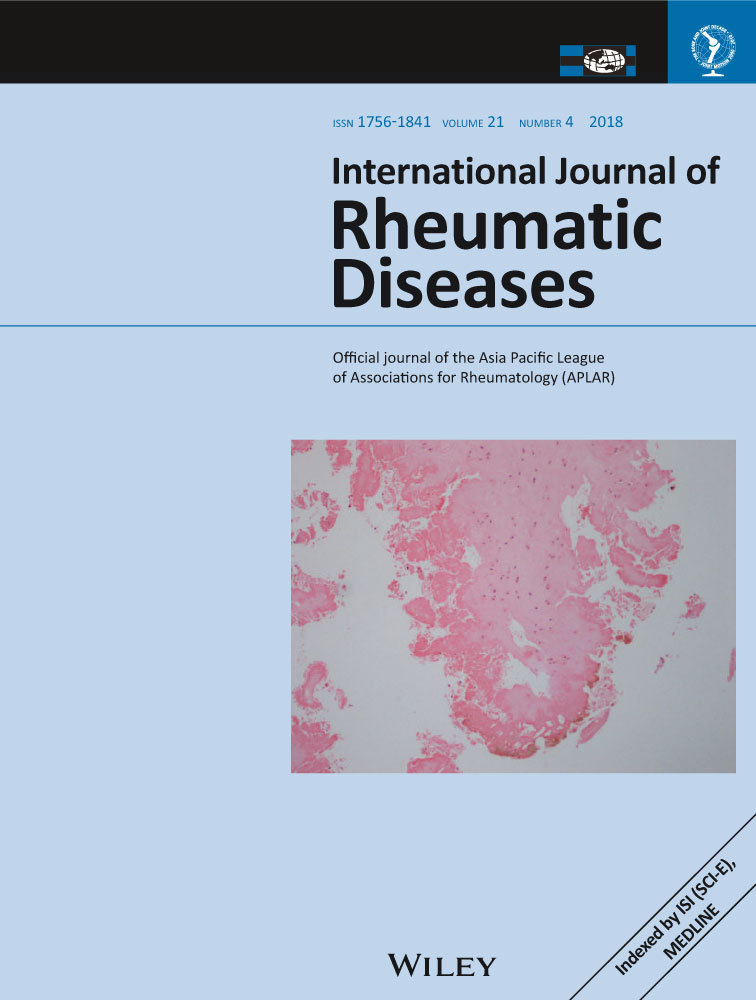Stem cell transplant in systemic sclerosis: An Indian experience
Abstract
Aim
To prospectively evaluate long term outcomes in a cohort of patients with Systemic sclerosis treated with Hematopoietic stem cell transplant (HSCT).
Method
This is a prospective observational study of four SSc patients who underwent HSCT at a tertiary care center in India between 2008–2012. The selection criteria included young individuals with rapidly progressive disease and at least one major organ involvement. We used granulocyte colony-stimulating factor for peripheral blood stem cell mobilization, pre-transplant conditioning with fludarabine, cyclophosphamide and rabbit anti-thymocyte globulin followed by re-infusion of autologous stem cells as per standard institute protocol.
Results
A total of four patients (one male and three females) underwent autologous HSCT for SSc. Patients had heterogeneous disease manifestations including severe Raynaud's phenomenon with vasculopathic ulcers, gastrointestinal problems and mild interstitial lung disease (ILD). Patients were followed up for a mean duration of 7 years. There was significant sustained improvement in skin score, vasculopathy and gastrointestinal manifestations. Interstitial lung disease did not show any deterioration. The quality of life indices showed remarkable improvement in all subjects. No complications related to transplant were noted.
Conclusion
In absence of an effective pharmacotherapy for SSc, autologous HSCT has a huge potential in management of cutaneous and internal organ manifestations.




